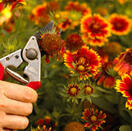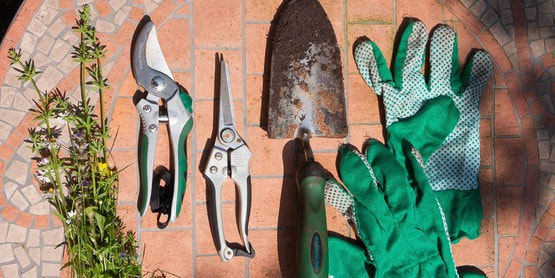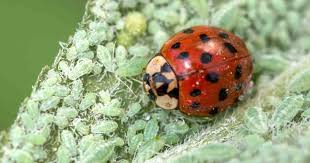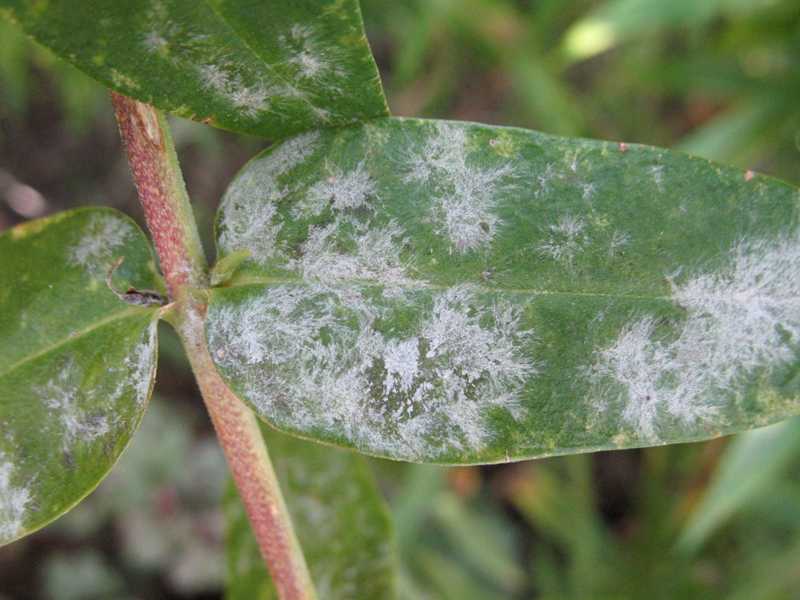|
Aah...summer is in full swing. The days are long and the skies are blue (with the occasional thunderstorm.) We’ve waited all year for this. We want to savor every minute of this glorious season, right? In fact, if we had the power to stretch out those perfect, sunny days, many of us would. Family get-togethers and reunions. Independence Day with picnics, outdoor games, and fireworks. Biking and boating. Vacations. Swimming and sun and getting outdoors. It’s when we get to relish the countless delights found in our own backyards. The weekly chores of weeding, deadheading, and mowing keep our yards looking neat and attractive. But as we water our plants and admire the fruits of our labor, we should think of midsummer as the perfect time to focus on the Four P’s: Practical Problems Plan Play The Practical Stuff: Regular Tasks that Matter Watering Keep tabs on rainfall and water as needed. Most plants need at least an inch of water per week, more if the weather is very hot and dry. Remember to water deeply. Install a soaker hose to a timer to keep any new plantings watered during busy work and family weeks as well as while you are on vacation. During dry spells, be sure to water the base of the plant. Wet leaves from overhead watering, combined with hot humid air, creates optimal conditions for disease. Sometimes there is too much rain. Waterlogged plants literally drown, because roots need air in the soil. Over-watered soil will cause slug populations to bloom; even worse is the ensuing fungal issues. While you can’t predict mother nature, you can control how much you manually water. Use a hand shovel and take an occasional inventory of soil moisture. Push away soil and observe how deep moisture is. If you’re planning a new garden, take into account wet areas and select plants that like ‘wet feet’. Another alternative is to make raised beds or mound beds. If you have a short- term problem, a simple trench funneling excess rain away from your garden may be enough. For more on too much water, check out this article. “Too Much Rain in the Garden--Managing Wet Dirt and Waterlogged Plants."
More Ways to Breath Life into the Midsummer Garden
Plan The peak bloom time of midsummer is a smart time to assess your landscape and formulate a work plan. This is because your trees and shrubs have undergone their annual growth spurt. Based on your goals, your plan might focus on the maintenance of your existing trees, shrubs, and plants. Or maybe you plan to tackle larger projects such as planning a new garden room, the removal of overgrown shrubs or an unhealthy tree, or the addition of french drains or a new walkway. ·
Play Gardens don’t have to be all work! Take advantage of the season by sitting outdoors to fully experience the scents, sounds, and beauty of your yard.
Hope both you and your garden will benefit from these tips. During each season, we will share a timely list of Four P’s. Subscribe to the blog so that you will not miss fall’s garden tips. In the meantime, dedicate part of every day to joys of gardening !
Comments are closed.
|
Thank you for finding us! Holly and I have collaborated to bring you informative, fun, and seasonal garden inspiration blogs.
Subscribe to receive our blogs on the 1st and 15th of the month--Gwen Follow my landscape & garden design Pinterest Page to see more pics, inspiration and Gwen's home garden journey!
AuthorsGwen Wisniewski: Landscape and Garden Designer. Contact me. Let me help you integrate these garden inspirations. Choose the links below to find out more about my landscape design service or to make an appointment. |










 RSS Feed
RSS Feed